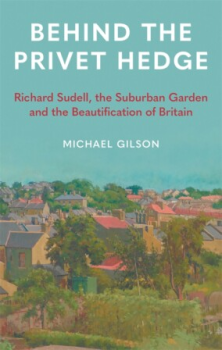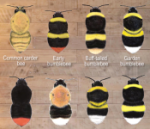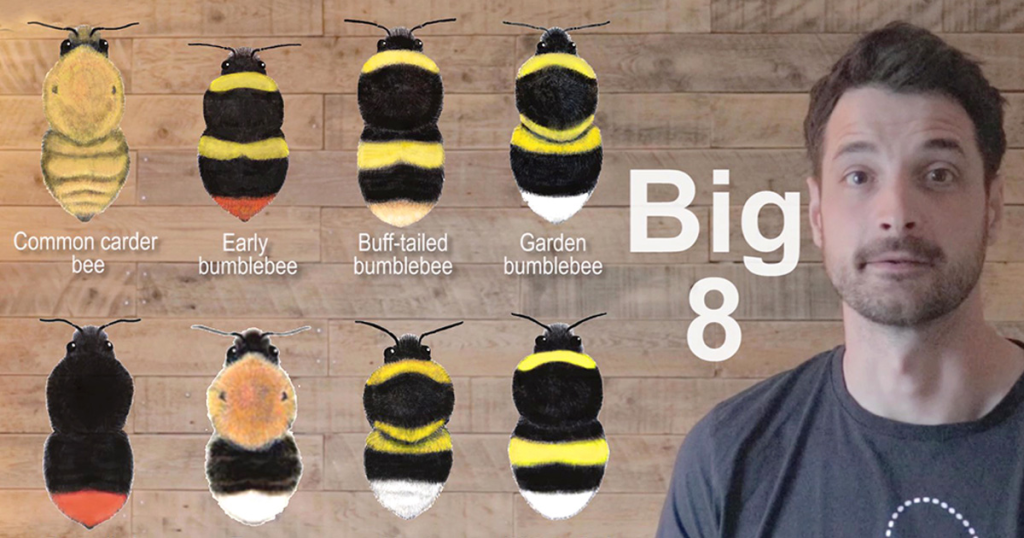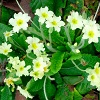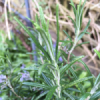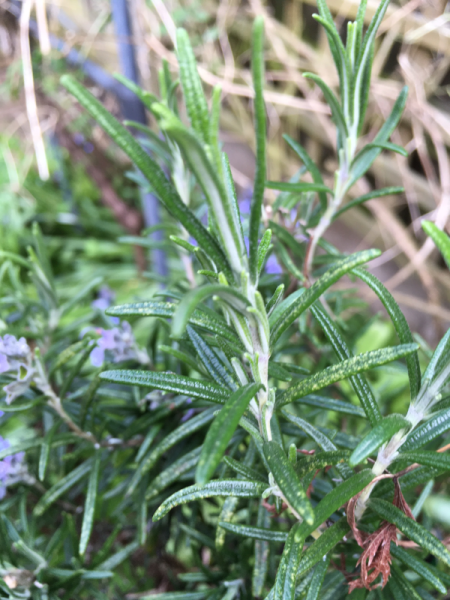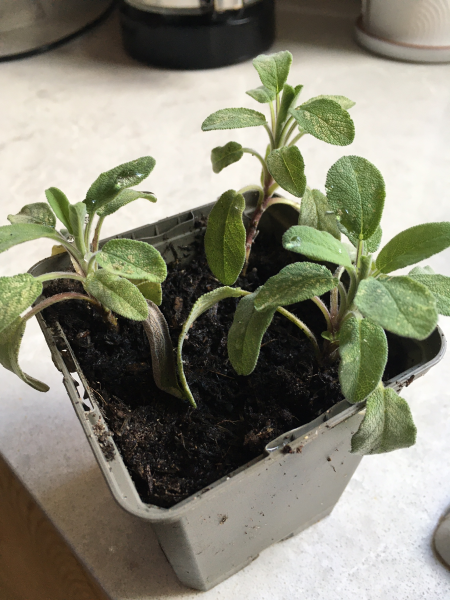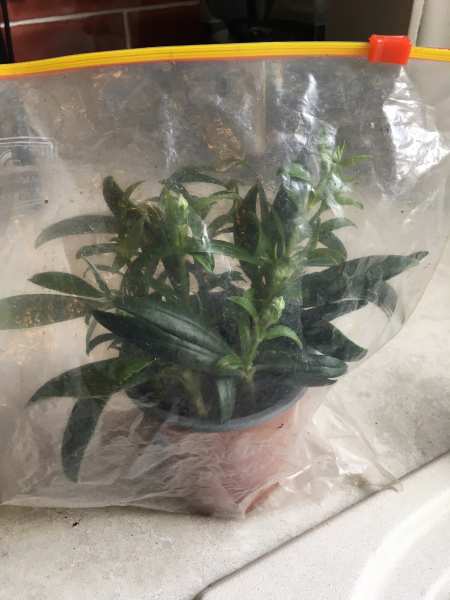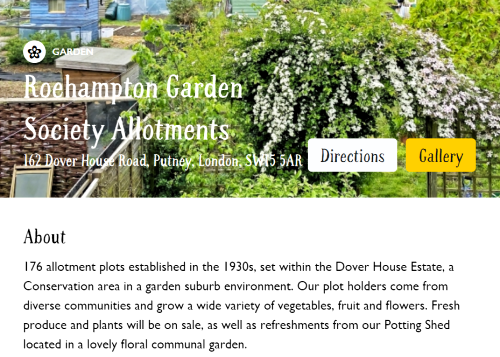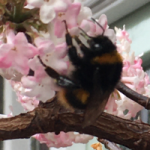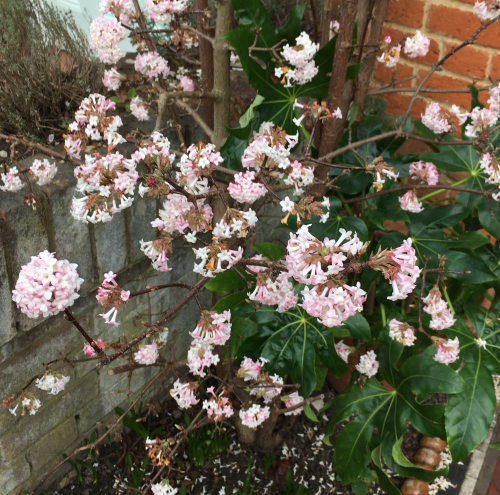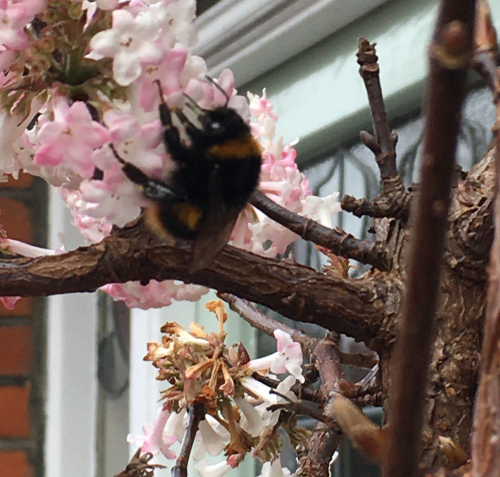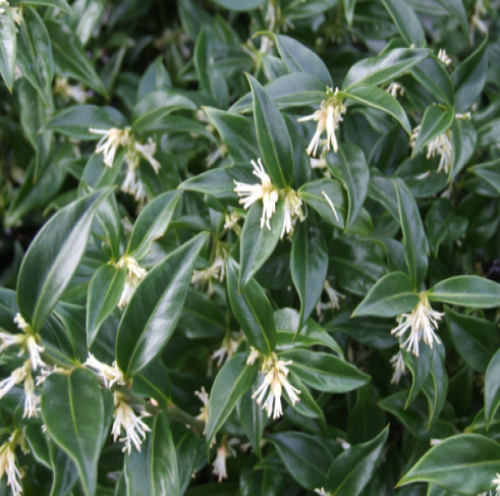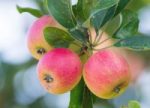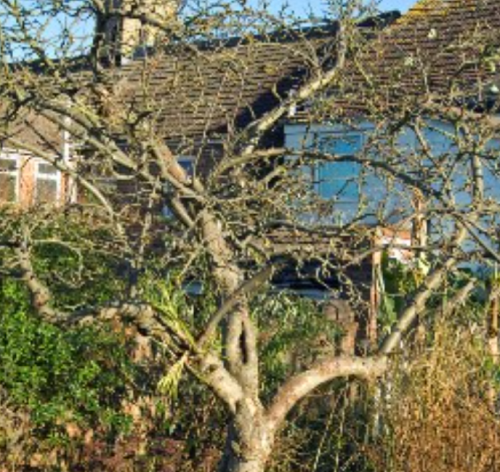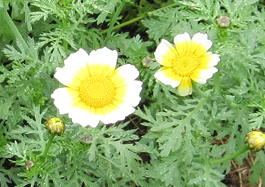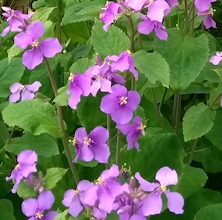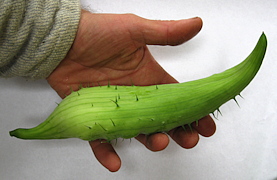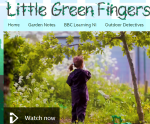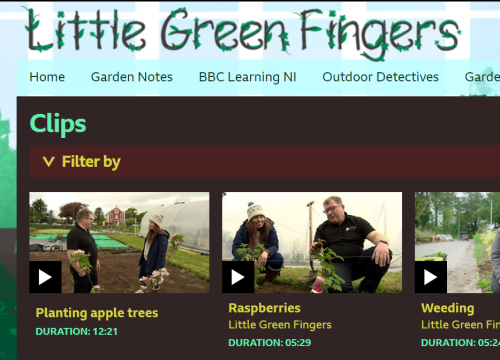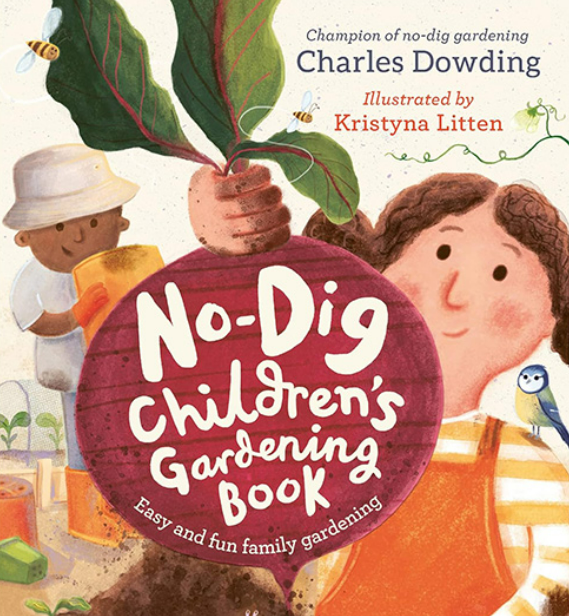A group of allotmenteers enjoyed a trip to RHS Wisley on 24th April.
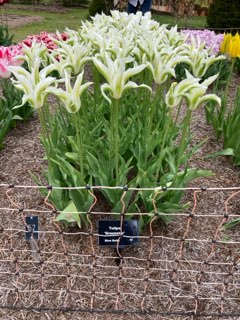
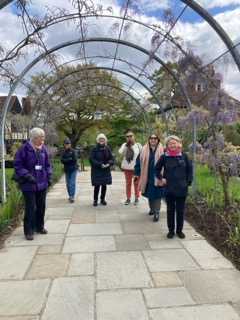

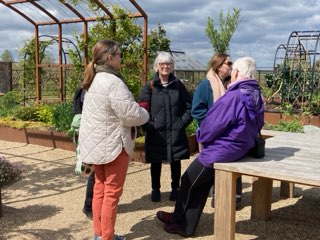
It was a tad chilly but thankfully dry and the cold weather ensured the rhododendrons and tulips were still looking magnificent.


The trial beds of tulips were stunning as were the swathes of Camassias rolling down the hill from the World Food Garden. It was interesting to see that, as on our own plots, planting out here had been delayed by the cold wet spring. I’m sure that they, like us , are eagerly awaiting some warmer days and nights and the chance to get those veggies in the ground.
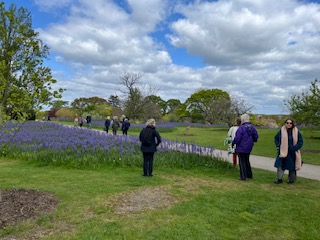

We elected to join a volunteer walk which proved very informative and took us to an area of garden none of us had explored before. We discovered a woodland walk with the most beautiful rhododendrons, a stumpery with ferns unfurling and around the corner a TRex lurking in amongst the tree ferns!
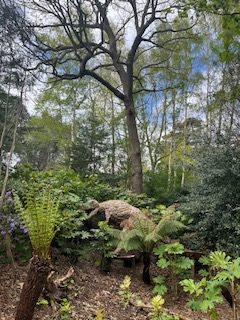
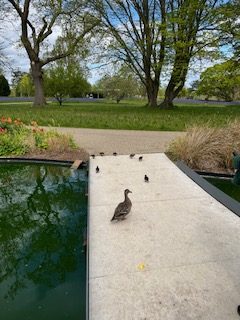
We rounded off the day with a visit to the plant shop … who could resist… arriving back in Roehampton with arms full of goodies. It was great fun … come and join us in 2025!
Many thanks to organiser Shan Karwatowska
Pictures by Shan Karwatowska and Jane Powell


